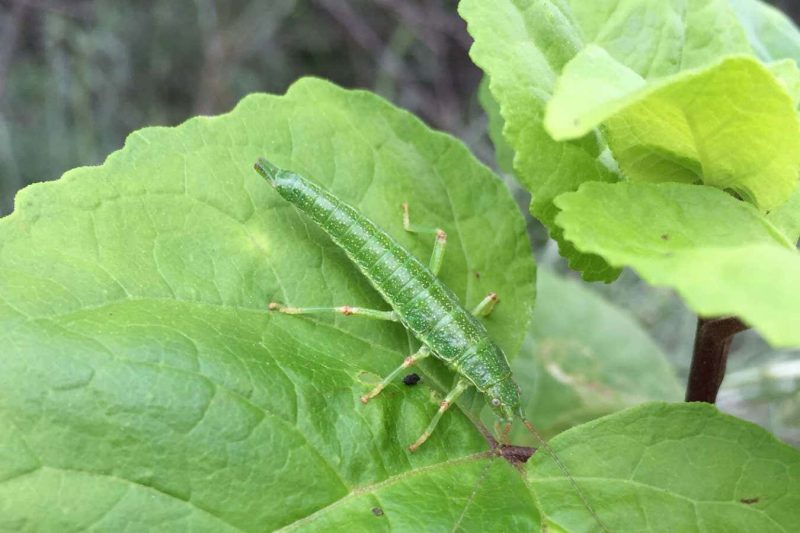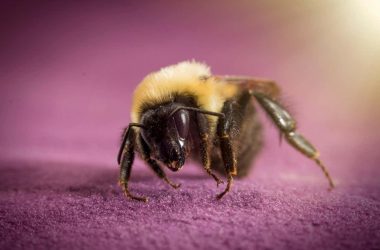Stick insects, known for their ability to reproduce asexually, have surprised researchers by engaging in occasional sexual activity. This behavior is believed to contribute to the widening of their gene pool and helps them avoid harmful mutations.
Asexual Reproduction in Stick Insects
Asexuality in animals is relatively rare, but it does occur in some species, including certain insects, reptiles, and fish. Stick insects, such as the Timema monikense, primarily reproduce asexually through a process called parthenogenesis. This involves the creation of embryos from unfertilized eggs, allowing all members of a parthenogenetic population to produce offspring.
Advantages of Asexual Reproduction
Parthenogenetic populations have a significant advantage due to their ability to rapidly reproduce without the need for a mate. However, this advantage can come with a downside.
Without sexual reproduction, there is a lack of genetic diversity in the population. Over time, this can lead to an accumulation of harmful mutations and reduced adaptability to changing environments.
The Surprising Discovery
Researchers at Bangor University in the UK, led by Darren Parker, made an intriguing discovery while studying stick insects. They found that supposedly asexual stick insects sometimes engage in sexual activity. This behavior is not common, but it does occur occasionally.
Widening the Gene Pool
This occasional sexual activity in stick insects plays an essential role in widening their gene pool. By introducing genetic material from other individuals through sexual reproduction, stick insects can increase genetic diversity within the population.
This increased genetic diversity offers several advantages:
- Enhanced adaptability to changing environments
- Reduced risk of harmful mutations
- Increased potential for evolutionary innovation
Conclusion
The discovery of occasional sexual activity in normally asexual stick insects highlights the importance of genetic diversity in populations. It suggests that even species that primarily reproduce asexually can benefit from occasional bouts of sexual activity. This behavior helps them avoid harmful mutations and adapt to changing environments more effectively.








